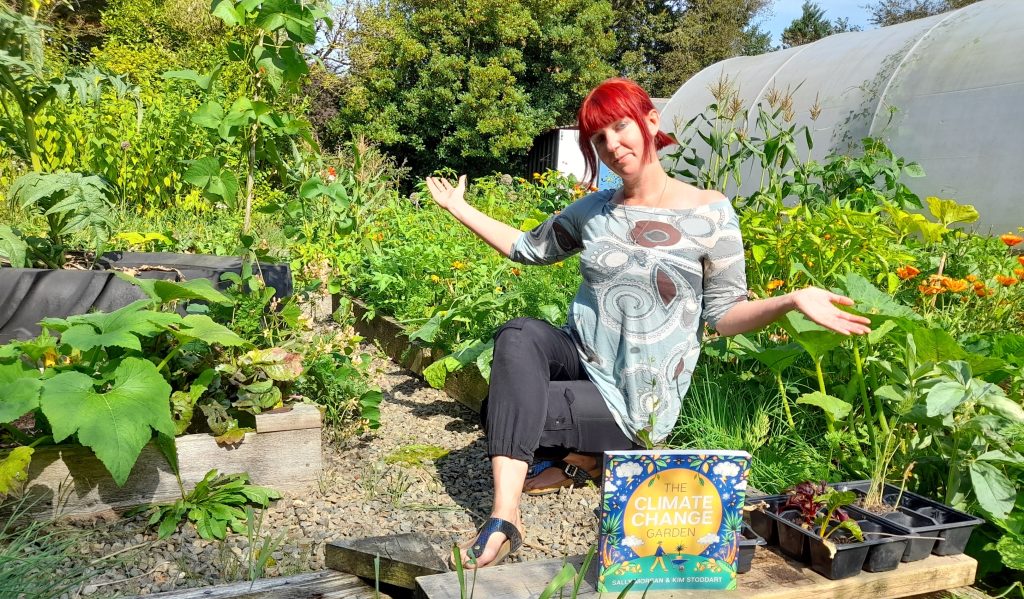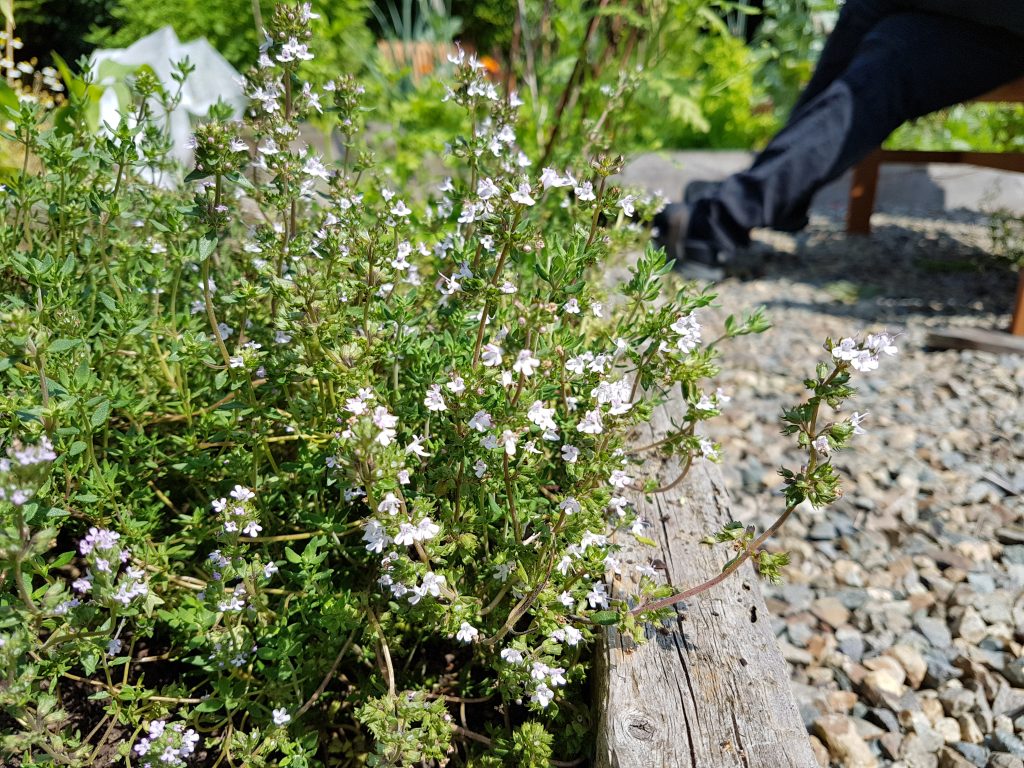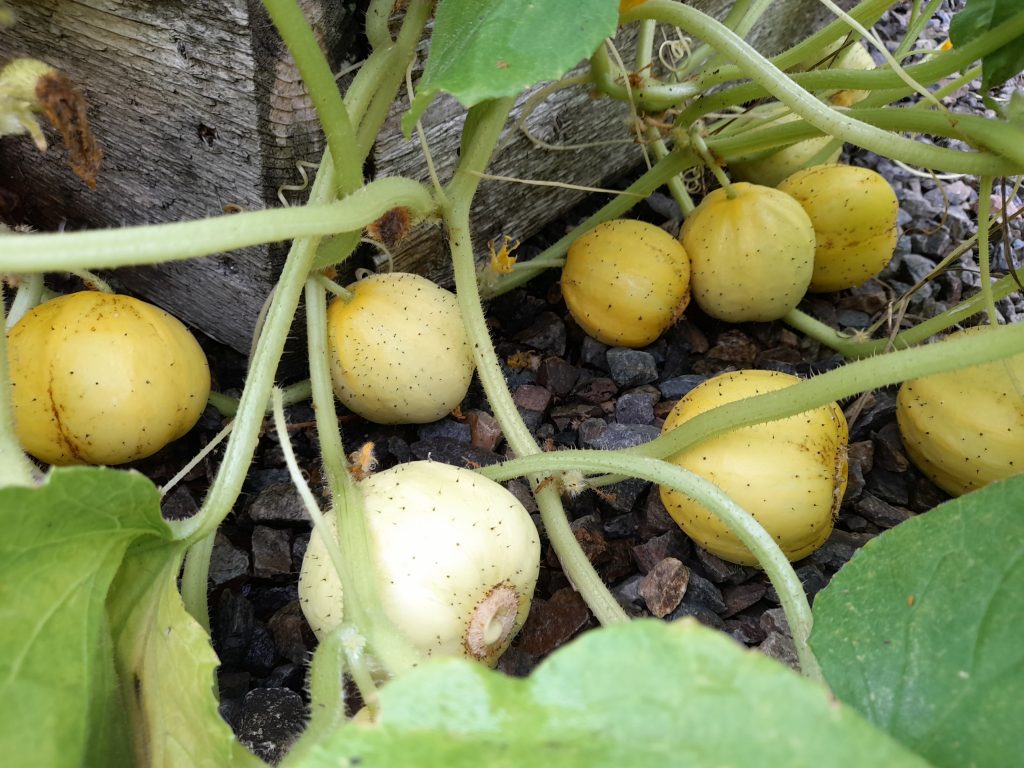In an article that first appeared in the February 2023 issue of Grow Your Own Magazine – Kim Stoddart outlines some of the best edibles for the climate change savvy vegetable garden and explains how to use them for greater resilience overall…
It’s no longer gardening (or life) as usual. In our increasingly uncertain world, this is one fact of which we can sure. Over the years gardening has become so much about work generation and seemingly unforgiving to do lists. Yet, the more we can work with, rather than against the natural world, the better able we will be to help shore up the defences against our decidedly topsy turvy climate.
Although we are all subject to extreme rain, drought, strong winds and multifarious storm systems, the degree to which that impacts us on the ground depends on a number of factors. On my smallholding in West Wales my gardens have flooded because a sloped grass field behind me was ploughed over then it rained (a lot). Through prolonged periods of heat and dry weather the increasing droughts have severely impacted on my private water supply which ran almost completely dry last summer (down to a mere 10 gallons a day). I am also 700 ft above sea level in an exposed spot so protection against strong winds are essential.

So, no matter where you reside, it’s important to grow produce that works well in your own area and the particular challenges you might face weather wise. It’s not necessarily a one size fits all approach. This is why climate change gardening is as much about the gardener as it is the actual garden.
With all of this in mind here are some ideas and inspiration to help you shore up the defences in a way that works for you within your own individual grow your own space, be it allotment, garden, patio or roof top to boost efforts, biodiversity and wellbeing all-round for the future.
Perennials
Longer lasting produce has deeper roots that enable plants to seek food and water from much further distances in the ground. This means they are much less needy of your attention overall and better able to stand firm whatever-the-weather. They provide a valuable role in a mixed vegetable plot also as a good companion to other edibles, and because they can help soak up an excess of water within reason.
As well as stalwart edibles such as rhubarb and asparagus, other beneficial perennials include Jerusalem artichoke, which can be used also as a valuable wind break around the outside of your plot. Yacon and oca can be used for beneficial ground cover around plants to help protect the soil from drying out. While Daubenton or Taunton Deane kales seem to be able to shake off cabbage white butterfly attack and carry on growing because of their deep-rooted nature.
Herbs
Incredibly good for you and beneficial for pollinators, many herbs will carry on growing dutifully year on year to the benefit of your space. Whether in pots or in the ground, the likes of thyme, chive, rosemary, fennel, sage, oregano and mint work well. Mint needs containing because of its hardy, yet thug-like manner but the other herbs make good companions mixed in with other plants. Parsley can also be grown on into its second year as a biannual and allowed to flower and set seed for many plants for free.

Fennel is also brilliant for attracting ladybirds and lacewings onto your plot and these predators can hoover up hundreds of aphids on your behalf.
Tomato Trick
Tomatoes are one of the plants flagged up as at risk with climate change yet there are ways to make the plants you grow much more resilient. My tomatoes in the polytunnels had to cope with no water for weeks on end during the summer and they fared amazingly well because I had rooted the stems in the ground so the plants were able to find water and nutrients from more than one spot. I also allowed them to entirely trail on the ground and they were planted with lots of ground cover surrounding them so the soil stayed moist for much longer as it was protected from the glare of the sun. In countries like Spain you often see wild tomatoes growing free sprawled all over the ground. This where I first got the idea from.
Nasturtium
The leaves and flowers are edible and delicious in salad and this plant is brilliant as ground cover around other edibles. It protects the soil, readily self seeds and also helps draw cabbage white butterfly away from your brassica as a first line of defence.
Adapt to varieties that work best on your plot (and for you)
Because of the issues with water on my plot, cucumbers can be a bit tricky so I grow lots of Crystal lemon cucumbers which are very drought resilient indeed. I also let them trail along the ground as well for bumper, free-spirited harvests with little to no effort at all.

Likewise because of the exacting watering requirements of cauliflowers, I opt for Romanesco instead (a cross with broccoli and cauliflower) and utterly delicious to boot.
Produce from home (or locally) saved seed
Produce varieties can be honed for the best plant traits for your growing conditions if you home save. Local seed swaps are also a good source of more locally adapted produce.
